
Walmart’s first-quarter results have exceeded all expectations, reporting an astounding total sales figure of $108.7 billion. This remarkable success, however, is shadowed by a looming challenge that stands to affect millions of American consumers.
As shoppers have grown accustomed to consistently low prices, the retail giant faces increasing pressure from international economic policies. It begs the question: how long can Walmart maintain its low price strategy before external factors force its hand? Leadership is preparing for a pivotal announcement that promises to reshape the retail landscape, raising concerns for household budgets nationwide.
The Ripple of Economic Forces

The potential ramifications of changing economic conditions could impact shoppers sooner than many realize. Tariffs imposed on imports from China and other countries have disrupted the retail marketplace, forcing costs to spike across several key consumer categories.
There is a growing consensus among industry analysts that these changes will have ripple effects, particularly on essential goods that families rely on. The uncertainty surrounding price stability has taken center stage, casting a shadow over Walmart’s latest quarterly triumph and stirring unease in homes that depend on affordable shopping.
A Retail Titan’s Legacy
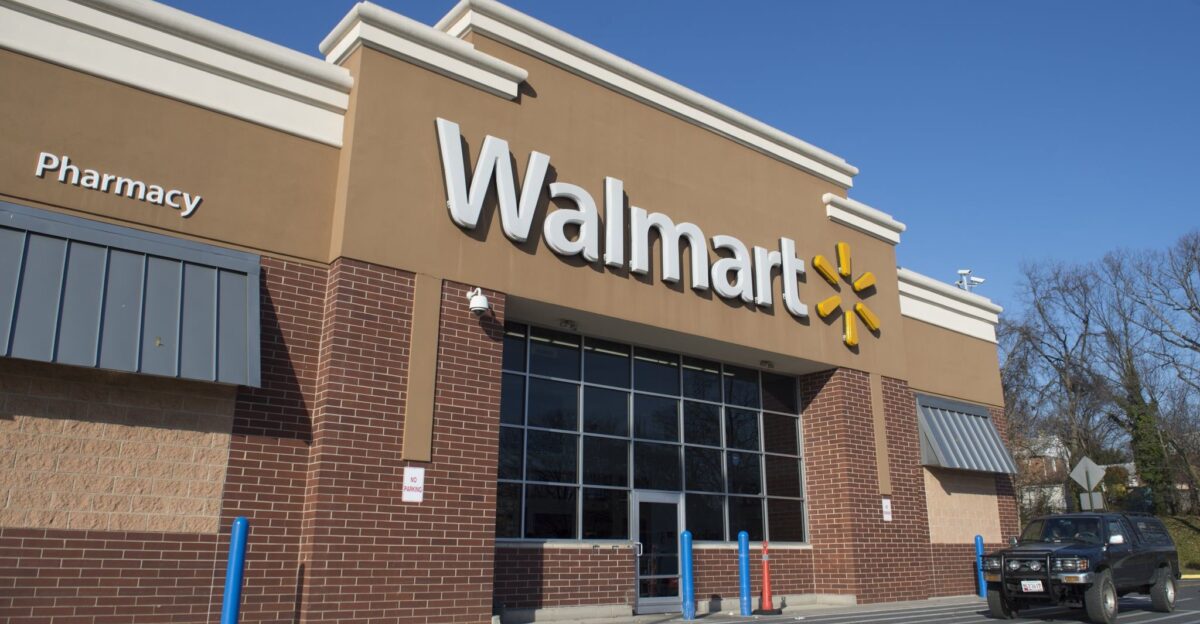
For decades, Walmart has solidified its position as America’s retail juggernaut, leveraging its vast scale and efficient supply chain strategies to offer unbeatable prices. By early 2025, the company dominated nearly half of the U.S. mass retail market, leaving smaller competitors struggling to keep their footing.
However, the upheaval in trade policies has raised doubts about whether this longstanding dominance can withstand the pressures of an evolving economic landscape. With external threats looming, many wonder if Walmart’s competitive edge will finally be challenged.
Inflationary Pressures Mount
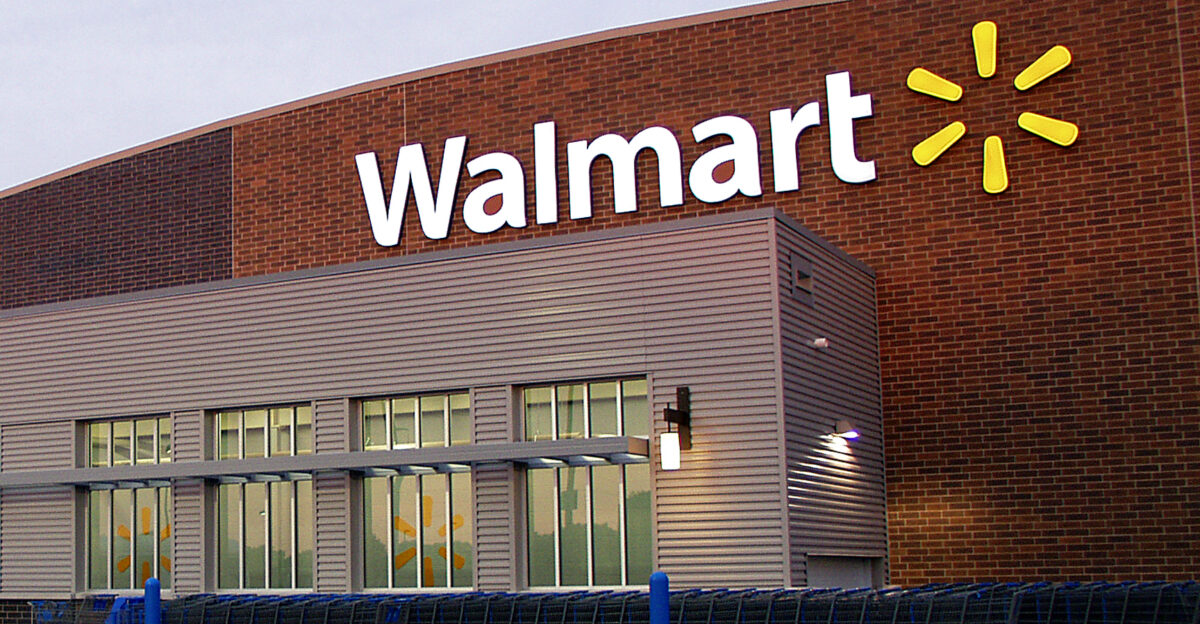
With tariffs in place, many companies have started to adjust their pricing or reduce product sizes to cope with rising costs. Yet, Walmart has historically managed to shield its shoppers from such changes. As we move into May 2025, rising input costs for everyday items, such as electronics, groceries, and home goods, present significant challenges.
Meanwhile, Walmart’s closest competitor, Target, reported a 3.8% decline in sales, highlighting an intensifying imbalance in the retail industry and increasing pressure on Walmart to adapt its pricing strategies.
The CEO’s Crucial Announcement
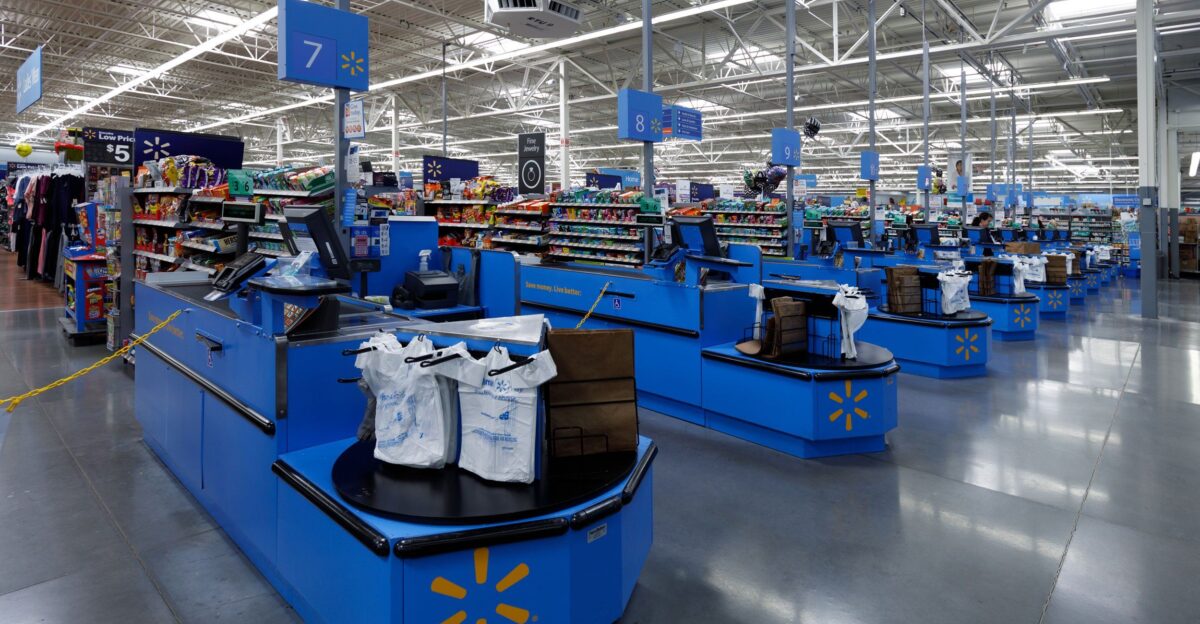
On May 15, 2025, Walmart’s CEO Doug McMillon warned: “Prices must rise.” He attributed this necessity to the overwhelming impact of tariffs on vital imports. McMillon clarified that despite Walton’s record-breaking sales, the company could no longer absorb the growing costs.
Price increases are set to begin by late May and extend into June, affecting various household goods. This marks a significant turning point in the retail sector, where even a giant like Walmart cannot sidestep the effects of policy-driven price changes.
Regional Disparities Unfold

The imminent price hikes are expected to resonate across the country, although some regions will likely feel the impact more acutely than others. States heavily reliant on imported goods for electronics and home furnishings have registered significant price increases on Walmart shelves.
Families living in rural or lower-income areas, where Walmart typically serves as the primary shopping destination, may face tough decisions at checkout due to these surging prices. In these communities, the balancing act of maintaining essential goods while managing budgets will be tested in the months ahead.
Voices from the Frontlines

Shoppers like Natalie Ramirez, a mother from Texas, are beginning to feel the pinch. “I picked up name-brand headphones for my son, and they were nearly $40 higher than last month,” she lamented, reflecting a growing frustration at escalating prices.
Meanwhile, employees at Walmart are noticing an uptick in customer concerns about rising costs. A cashier in Bentonville shared, “We’re fielding a lot more questions about rising prices.” As these voices emerge, Walmart’s steadfast reputation as a low-cost leader has faced its most rigorous scrutiny in decades.
Competitors on Edge

Walmart’s price hikes create a sense of urgency among competitors as they navigate rising costs. Retailers like Target, which are already grappling with declining sales, are wary of raising prices but are caught in a bind due to ballooning expenses from the same tariffs.
Smaller chains, lacking the resilience of larger giants, may find it increasingly difficult to survive in this challenging climate. Analysts are already warning of widespread store closures and further consolidations, reinforcing that the retail landscape is shifting dramatically.
The National Economic Impact
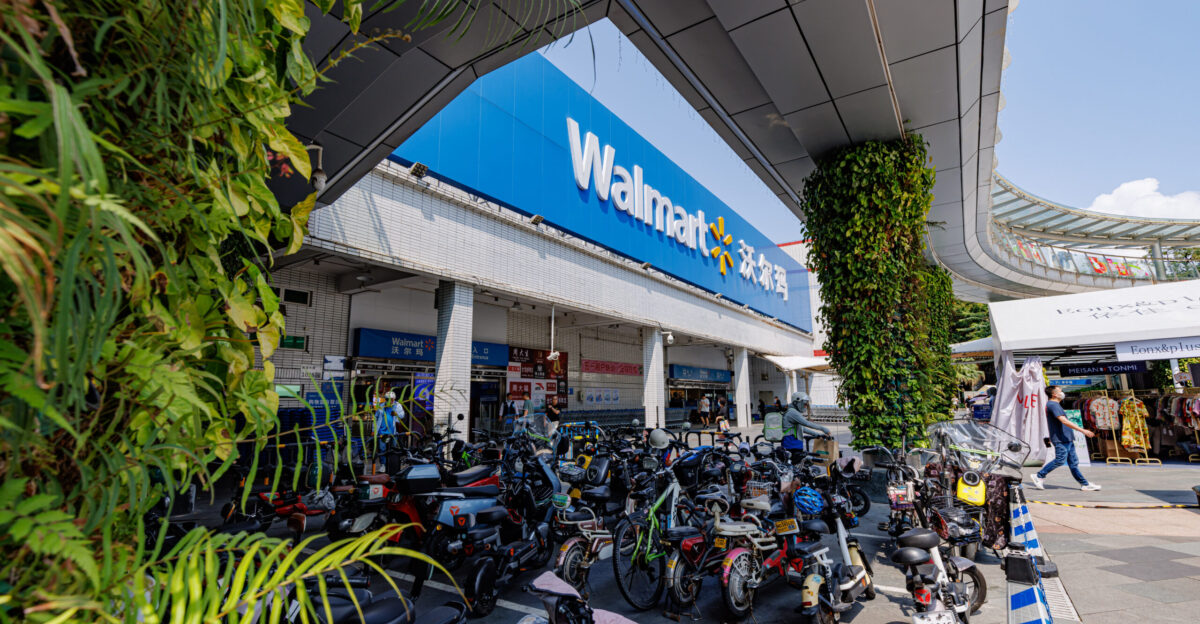
Experts predict that the implications of these tariffs could lead to an overall increase of 2.3% in U.S. consumer prices, costing the average household an additional $3,800 each year. Lower-income families are expected to feel the most significant impact since a larger portion of their budgets is allocated to essentials that are now becoming more expensive.
The collective financial burden adds an economic drag significant enough that analysts project a reduction of 0.5 to 0.9 percentage points in U.S. GDP growth for 2025, marking a policy shock the nation hasn’t witnessed in over a century.
The Domino Effect of Price Increases
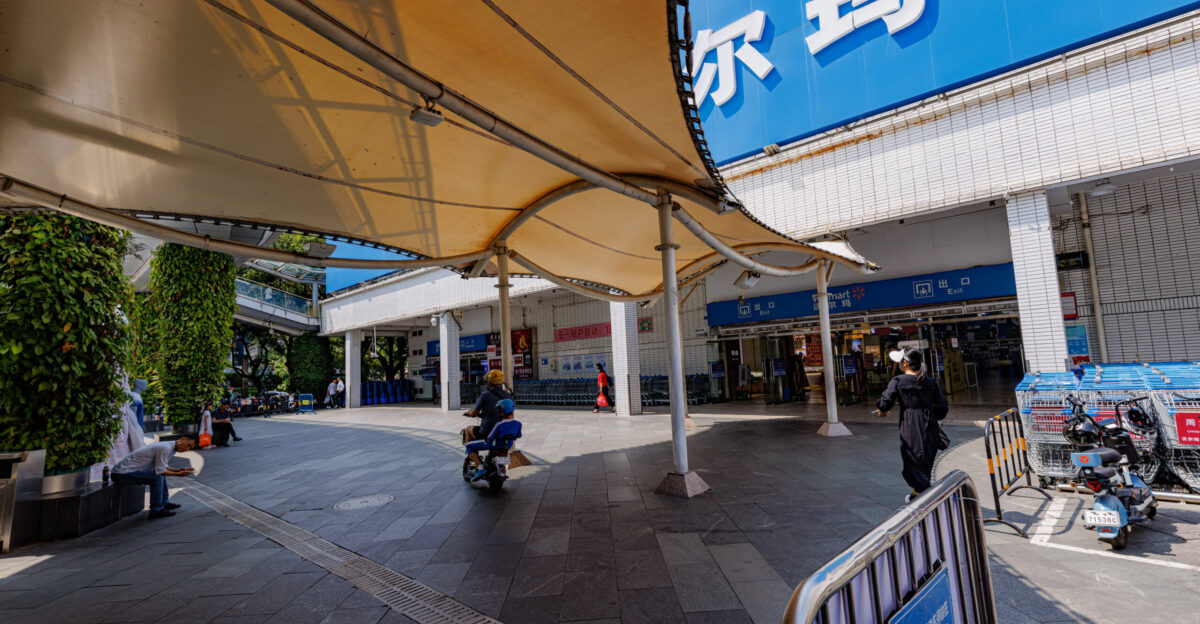
While significant on its own, Walmart’s decision to raise prices has sparked sweeping repercussions throughout the retail sector. Smaller retail chains are rapidly losing market share or are being forced out of business entirely, unable to compete against large corporations that leverage global supply chains.
Vendors and manufacturers face tighter margins and reduced contracts, resulting in a scramble to adapt to this shifting landscape. With store closures looming, the fallouts cascade through America’s retail ecosystem, altering the shopping experience and economic climate for countless communities.
Community Resilience Tested
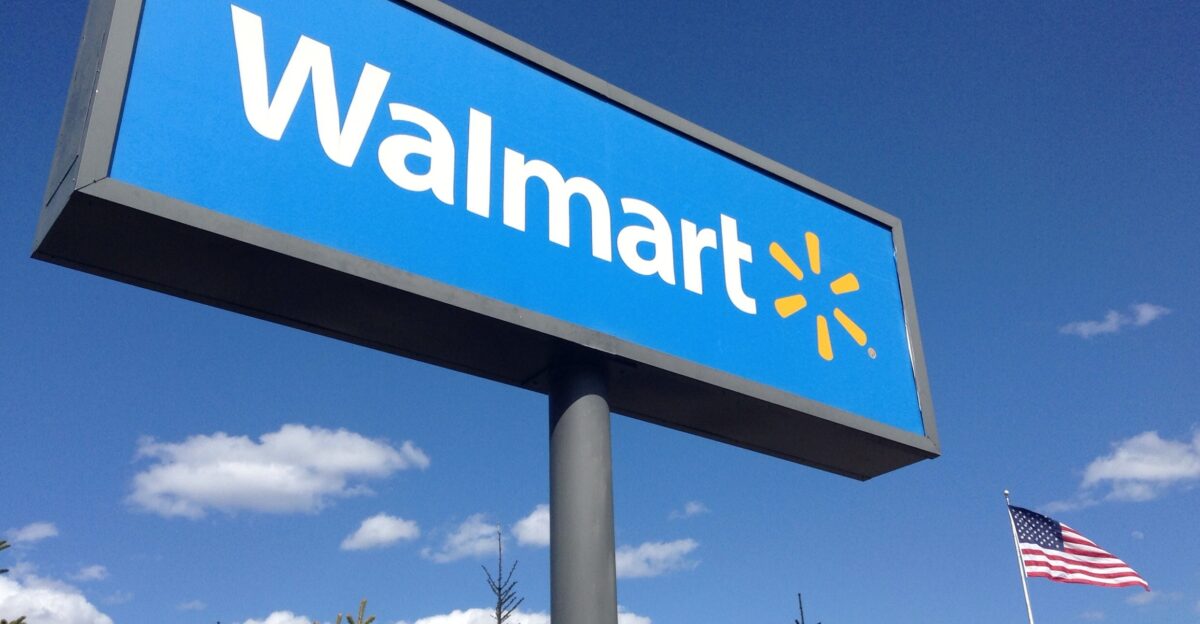
As households prepare for rising prices, communities nationwide brace for impact. Families must reconsider their spending habits and make tough choices about necessities. Shoppers relying on Walmart as their go-to retailer must navigate a new reality where affordability hangs in the balance.
The resilience of these communities will face a critical test, as many depend on discounts that may soon become harder to find. The challenge is not solely economic; it tests how communities will adapt on tight budgets.
The Future of Retail Partnerships
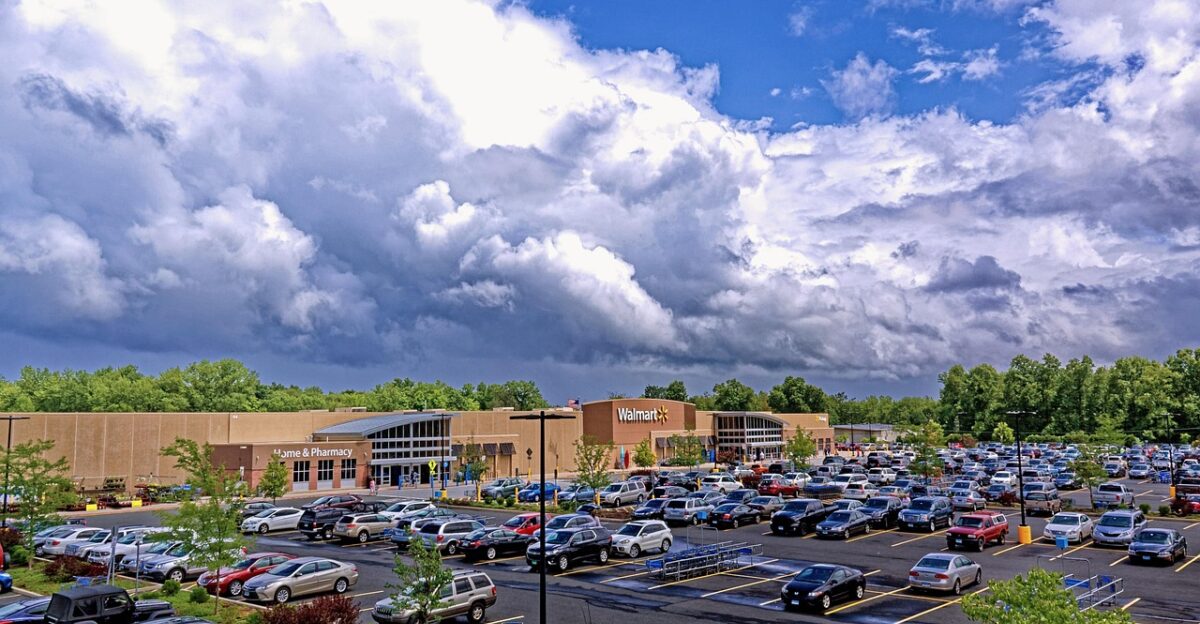
In this evolving landscape, retail partnerships will also be scrutinized. Walmart’s longstanding relationships with manufacturers and suppliers might be tested as companies face rising costs and the need to remain competitive. Both parties will have to adapt quickly to an environment where price stability is uncertain.
The coming months will likely see a re-evaluation of contracts and collaborative strategies as retailers and their vendors work together to navigate the complex interplay of changing policies and consumer expectations.
An Evolving Marketplace
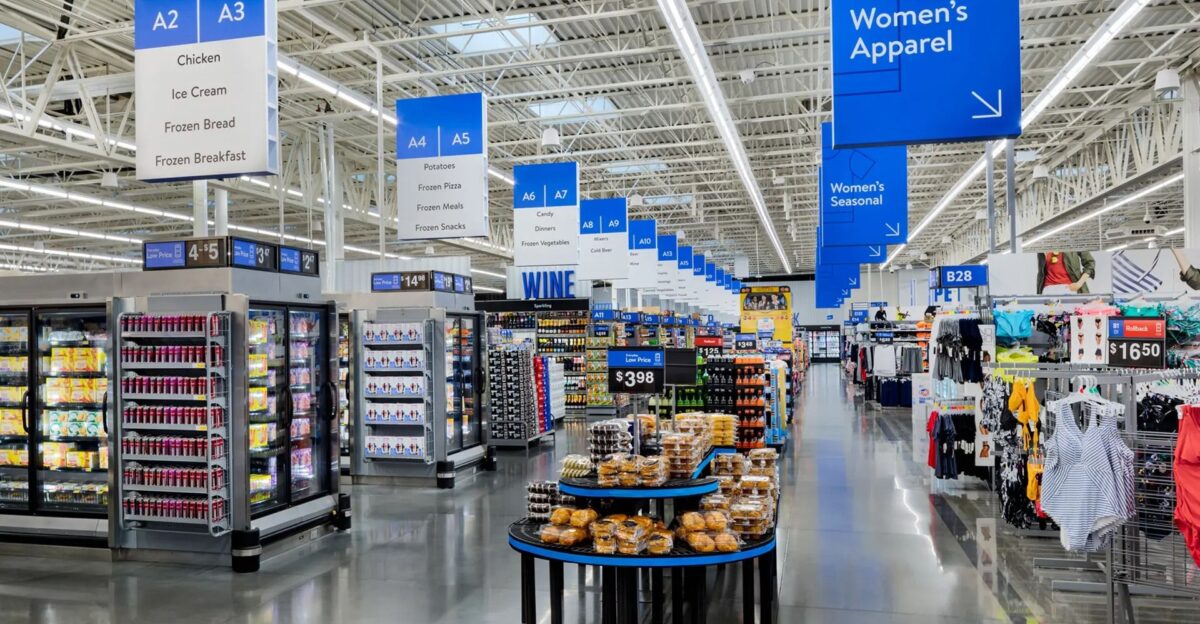
As the retail environment shifts, consumer behavior will inevitably evolve alongside it. Shoppers may prioritize quality over price in response to policy impacts, exploring alternative shopping options or considering local businesses over larger chains.
This changing dynamic can foster innovation as companies vie for consumer loyalty in fresh and competitive ways. The question becomes what the retail landscape will look like if consumers stand for price and quality, creating opportunities for smaller players while larger corporations recalibrate their strategies.
Navigating Uncertain Waters

In the wake of these economic shifts, many are left pondering the future trajectory of Walmart and the larger retail industry. As price increases take effect, the pressure rests heavily on Walmart’s leadership to find a sweet spot that reassures shoppers without compromising financial viability.
The next few months could define Walmart’s future as a leader in retail capability, while illuminating how other retailers will approach the evolving consumer landscape in the face of uncertainty.
Looking Ahead: The New Retail Reality
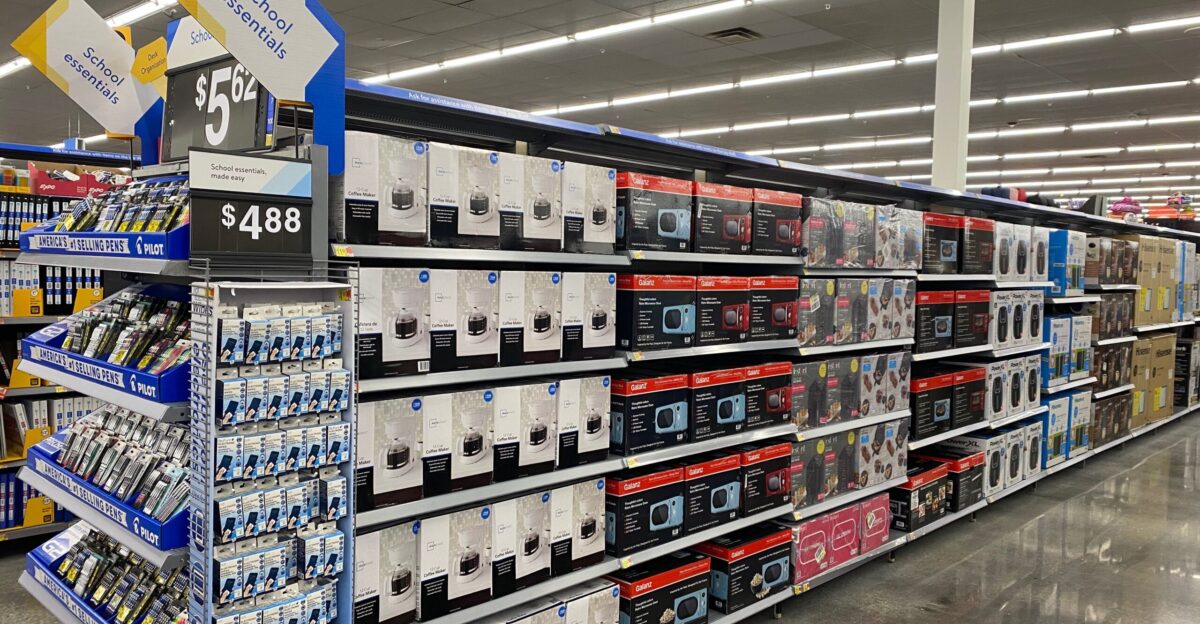
As we look ahead, it’s clear that both consumer habits and retailer strategies are on the verge of transformation. With tariff pressure reshaping the entire retail ecosystem, stakeholders from consumers to manufacturers must stay agile.
The human stories that emerge from this changing landscape will tell us much about resilience and adaptation in challenging times. How the industry responds to these pressures will define the new retail reality, ensuring that we remain attentive to shoppers’ evolving needs and experiences nationwide.
